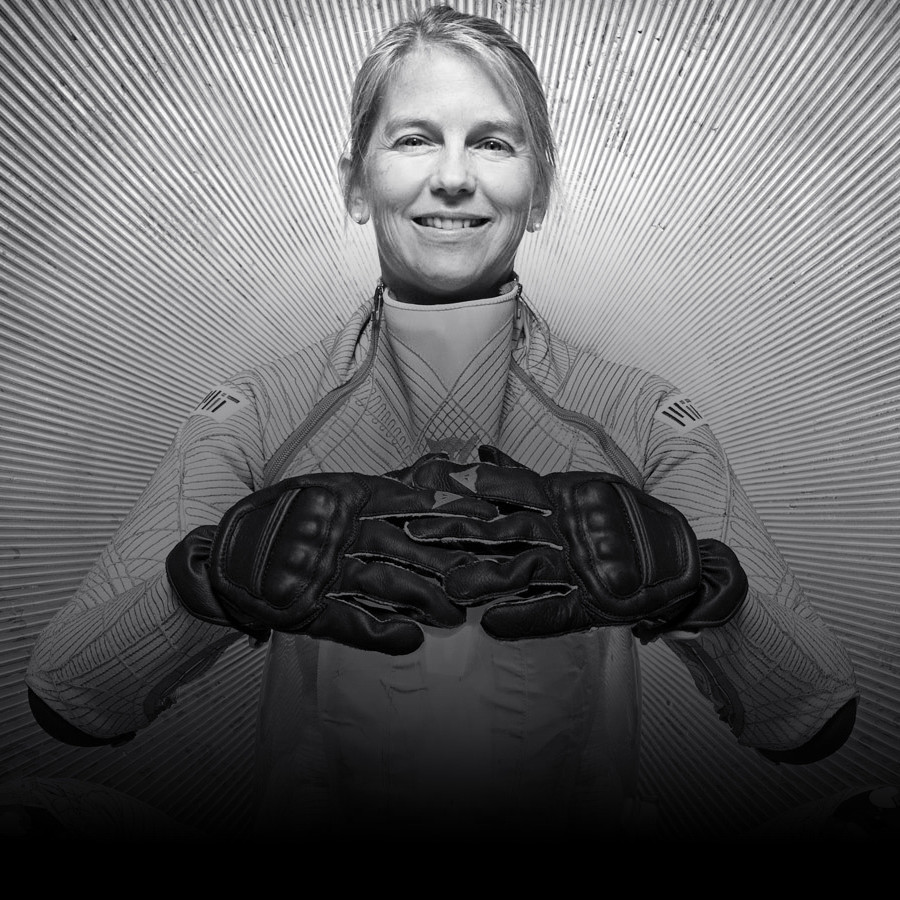
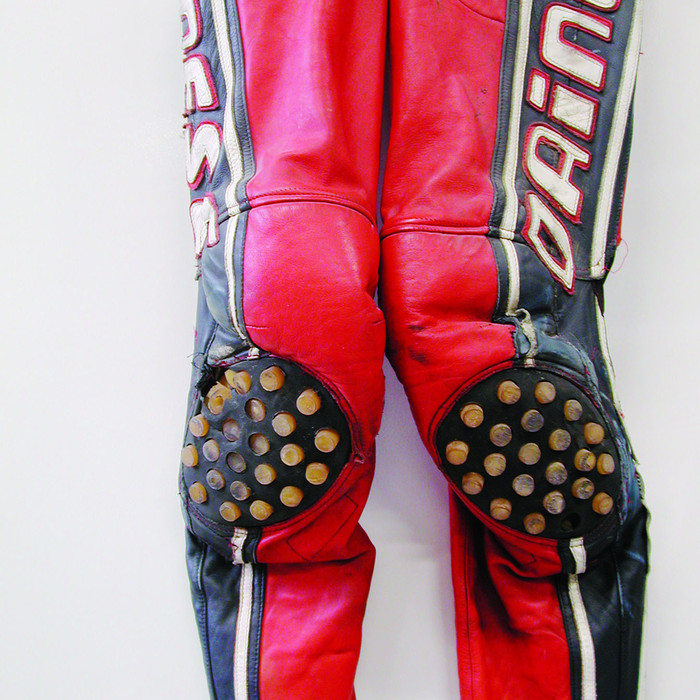
1981
THE INTRODUCTION OF KNEE SLIDERS
The style of riding was changing. Riders leaned their bikes more and more, trailing their knees on the track. Dainese tested the first knee sliders with the leading rider, Kenny Roberts. The first products were known as “porcupines” because of the soft cylinders that protruded from a special base (applied to the suit’s knee) when the leg was bent.
1981
THE SUIT BECOMES AN INTEGRATED PROTECTION SYSTEM
With the participation of 5-time champion Toni Mang, racing suit ergonomics were revolutionised. Until then, all such suits had been manufactured with the rider's upright stance used as the baseline. Dainese decided to design suits that matched the rider's shape when in the saddle. This radically improved both the comfort and the efficiency of the protection provided during races.
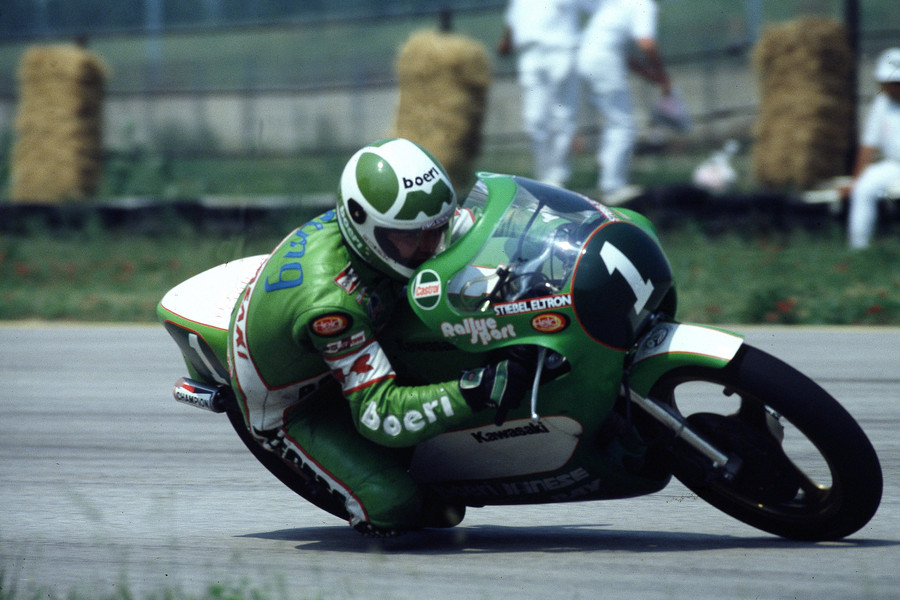
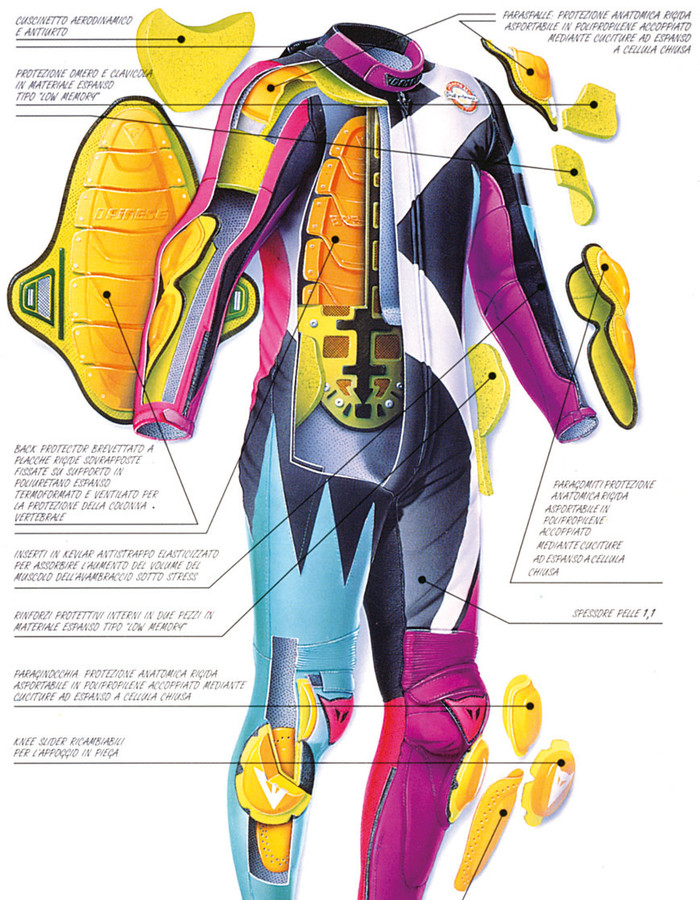
1982
COMPOSITE PROTECTION
The concept of composite protection takes off. This protector has a soft base and a rigid shell that allows it to absorb and dispel the force of an impact.
1982
THE EVOLUTION OF KNEE SLIDERS
The knee sliders evolve into a rounder shape to reduce friction with the track surface.
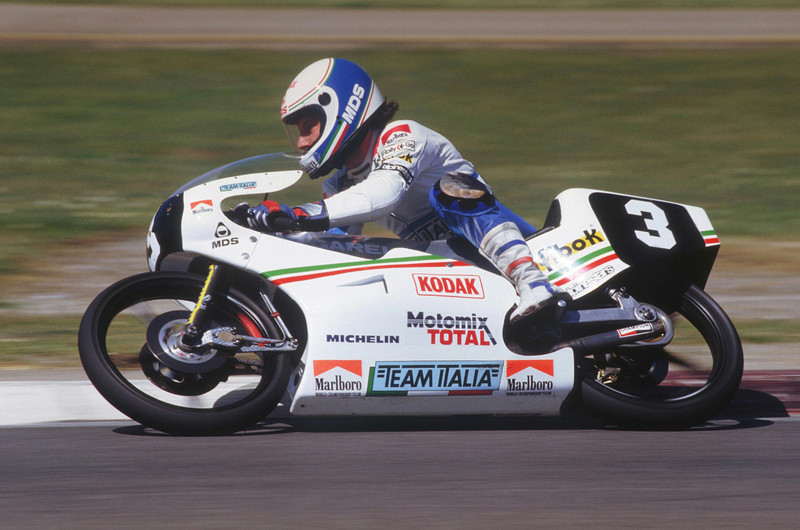
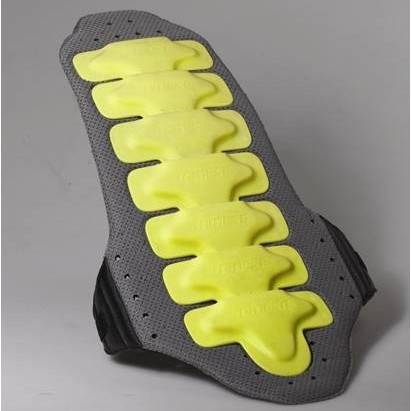
1983
THE EFFECTIVENESS OF BACK PROTECTORS
Freddie Spencer successfully tested the first dainese Back Protector known as Aragosta (lobster) in a fall at the Kyalami track in South Africa where he hit the dangerous curb stones during test laps.
1983
PROTECTION FOR EVERYONE
Back Protectors, which up to that time were used only on the track, became available to the general public.
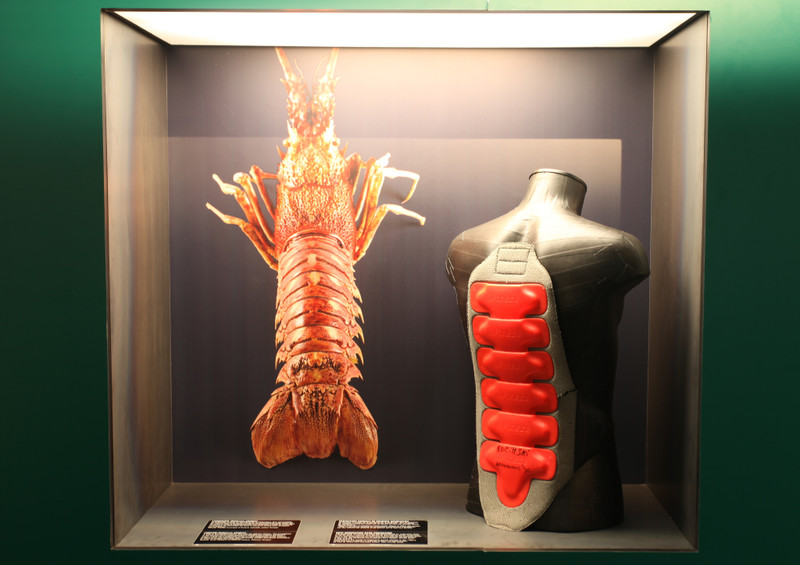
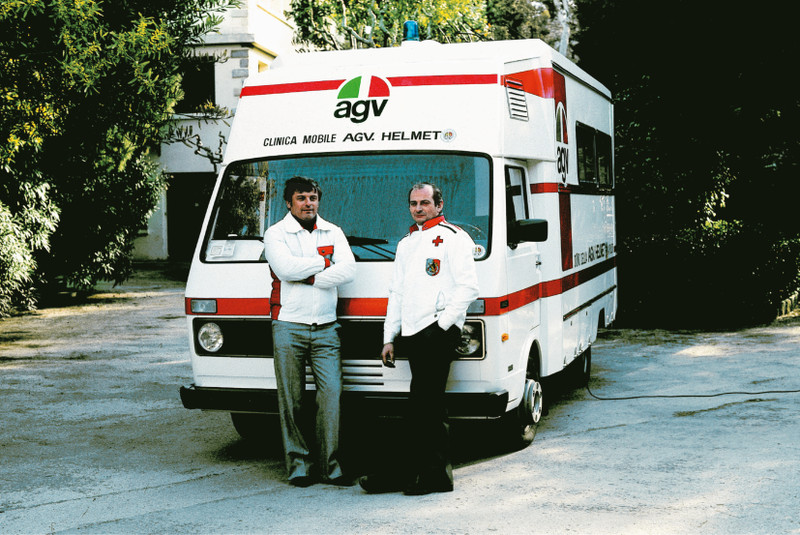
1985
THE MOBILE CLINIC AROUND THE WORLD
Collaboration began with doctor costa's mobile clinic.
1988
AERODYNAMIC HUMP
Dainese introduced a brand new concept for professional racing suits: the aerodynamic hump.
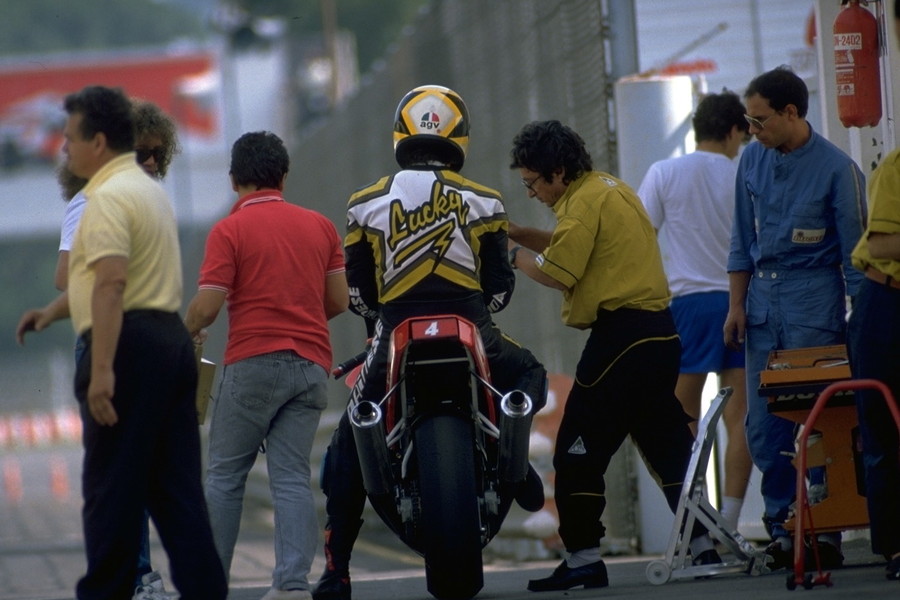
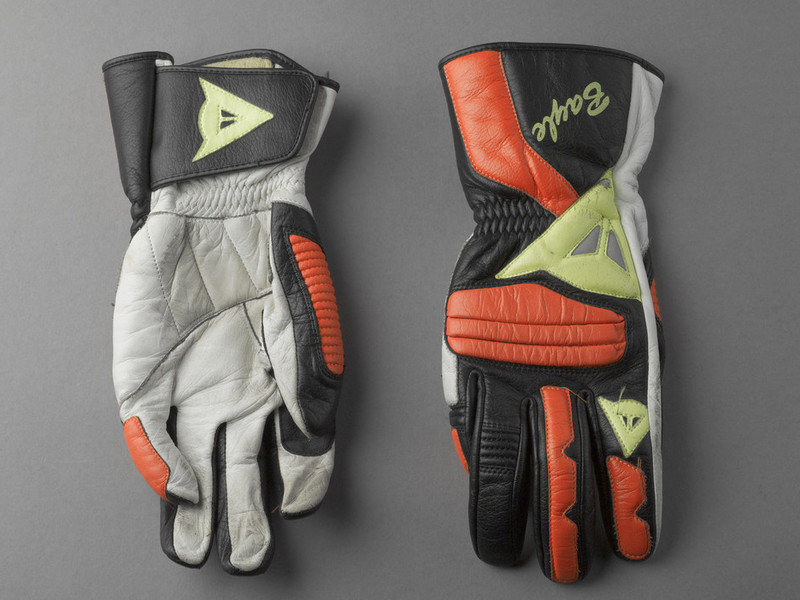
1989
PROTECTED HANDS
Dainese began making gloves.
